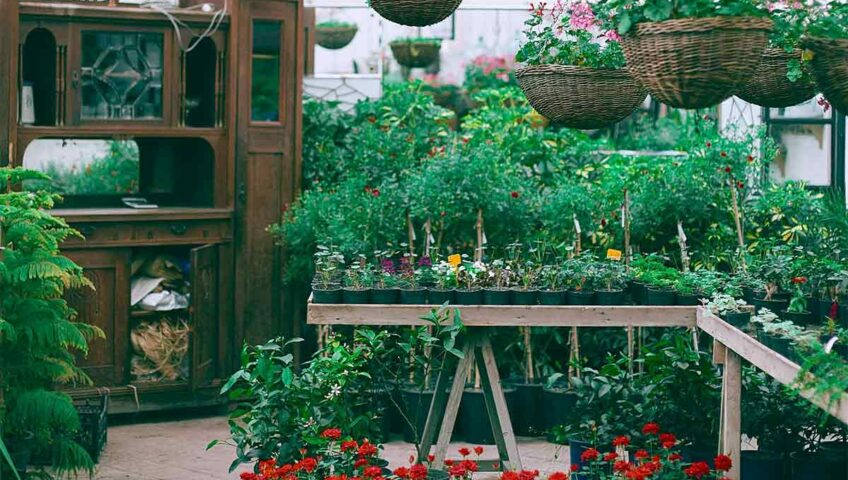Pavers are a versatile and durable choice for enhancing outdoor spaces, whether used for patios, walkways, or driveways. Proper maintenance ensures their longevity, appearance, and functionality over time. Here’s a comprehensive guide on how to care for your pavers to keep them looking beautiful and structurally sound:
1. Regular Cleaning:
- Sweeping: Keep pavers free of debris, leaves, and dirt by regularly sweeping with a broom or using a leaf blower. This prevents organic matter from settling into joints and causing weed growth.
- Pressure Washing: Periodically use a pressure washer (set to a low-medium setting) to clean pavers and remove stubborn dirt, stains, or moss. Avoid excessive pressure, which can damage the surface.
2. Weed Control:
- Weed Prevention: Apply a polymeric sand or jointing compound to paver joints after installation to inhibit weed growth and prevent erosion. These products help stabilize joints and minimize maintenance.
- Regular Inspection: Monitor joints for signs of weed growth or moss buildup. Remove weeds manually or use an appropriate herbicide, following manufacturer instructions carefully.
3. Stain Removal:
- Oil and Grease Stains: Immediately absorb excess oil or grease with a cloth or paper towels. Use a degreasing agent or detergent specifically formulated for pavers to clean the affected area.
- Organic Stains: Treat stains from leaves, berries, or mildew promptly with a mixture of water and mild soap. Scrub gently with a brush and rinse thoroughly with water.
4. Sealing:
- Purpose: Consider sealing your pavers to enhance color, protect against stains, and minimize weed growth. Sealing can also help prolong the life of your pavers by providing a protective barrier.
- Frequency: Follow manufacturer recommendations for sealing frequency, typically every 2-5 years depending on the type of pavers, exposure to elements, and wear and tear.
5. Repair and Maintenance:
- Replacing Damaged Pavers: Inspect pavers regularly for cracks, chips, or uneven settling. Replace damaged pavers promptly to prevent tripping hazards and maintain a uniform appearance.
- Re-Leveling: Over time, pavers may settle unevenly. Lift and re-level sunken pavers by adding or removing bedding sand as needed to ensure a flat surface.
6. Winter Care:
- Snow and Ice Removal: Use plastic shovels or snow blowers with plastic blades to remove snow and ice from pavers. Avoid metal blades, which can scratch and damage the surface.
- De-Icing Agents: Choose de-icing products specifically recommended for pavers to prevent damage from chemicals. Alternatively, use sand or kitty litter for traction on icy surfaces.
7. Avoiding Damage:
- Heavy Loads: Avoid driving vehicles or heavy equipment directly on pavers unless they are designed for such use. Use protective mats under vehicle tires or consider installing reinforced pavers for driveways.
- Sharp Objects: Refrain from using sharp tools or equipment that could scratch or chip pavers. Handle furniture and heavy objects with care to prevent damage during placement.
8. Professional Maintenance:
- Annual Inspection: Consider scheduling an annual maintenance check by a professional landscaper or paver installer. They can assess the condition of your pavers, recommend repairs, and perform necessary sealing or re-leveling.
9. Proper Drainage:
- Grading and Slope: Ensure proper drainage away from paver surfaces to prevent water pooling or erosion. Maintain gutters and downspouts to direct water away from paved areas.
10. Educate Yourself:
- Read Manufacturer Guidelines: Refer to manufacturer guidelines and warranty information for specific care instructions tailored to your type of pavers. Follow recommended maintenance practices to uphold warranty coverage.
By following these maintenance tips and incorporating regular care into your routine, you can ensure that your pavers remain attractive, functional, and safe for years to come. With proactive care and attention, your outdoor paver surfaces will continue to enhance your home’s aesthetic appeal and provide enjoyable outdoor living spaces for relaxation and entertainment.


